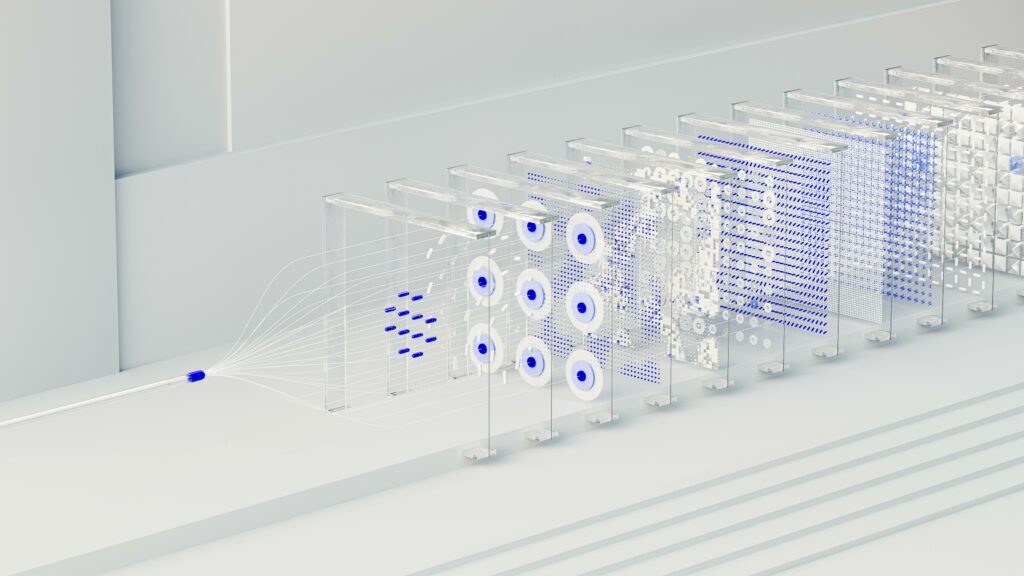By Julian Hale

A view from across the wall
Brussels’ Press Club will host an exhibition in November showcasing photos from the years following the fall of the Berlin Wall. Taken by Ditmar Schaedel, a photographer from former West Germany, the collection captures daily life in East Germany (GDR) just after the Mauerfall (fall of the Berlin Wall) in 1989.
This exhibit, inaugurated at a vernissage event hosted by Brussels’ Goethe Institute on Oct. 21, invites viewers to step into the lives of East Germans, from a petrol station owner to a dog groomer and a waitress.
The exhibition offers an intimate glimpse into the unique quirks of GDR life. For example, a black-and-white photograph of an egg timer by a bathtub illustrates the rationing of facilities in some parts of the GDR, where limited bathing time was the norm.
For German speakers, a podcast about the exhibit will also be available in early November, making it easy to pair a listen with a visit to the Press Club for the full experience.
Translation and AI: A key focus at the European Commission’s Translating Europe Forum
Translation and AI will take centre stage at the European Commission’s Translating Europe Forum for professional linguists, held in Brussels on Nov. 6-8. The event will delve into how AI is reshaping translation and linguistic data management, areas of growing importance in today’s rapidly advancing technological landscape.
Highlights include talks by leaders in the translation industry, a youth panel on the future of translation, and discussions around AI’s dual role as a valuable tool and a potential disruptor for translators.
In Belgium, a uniquely multilingual country, this topic is especially important. During a recent event by the Belgian Chamber of Translators and Interpreters (CBTI), experts remarked that while AI is a powerful aid, it is “not a magic wand” for translation. As they note, successful translations now blend AI capabilities with skilled human oversight, achieving a balance that ensures both accuracy and nuance.
For those interested, more information about the Translating Europe Forum can be found here.
Shakespeare comes to life in Brusseleer
In December, a special book launch will celebrate the release of Shakespeare’s A Midsummer Night’s Dream in Brusseleer, an endangered dialect of Dutch that once flourished in Brussels’ Marollen neighborhood. Now spoken by only a small but passionate community, Brusseleer is kept alive by determined enthusiasts.
In anticipation of the launch, I spoke with Claude Lammens, a Belgian translator and dramaturg, who shared insights into the dialect’s unique humour and history.
One hallmark of Brusseleer, he explained, is the “Brusselse zwans,” a term that refers to the dialect’s signature blend of irony and self-mockery. For example, Belgium’s National Day on July 21 is affectionately called the “drasj national” in the dialect, a humorous nod to the frequent downpours that coincide with the celebrations. According to Claude, Brusseleer has a visceral, earthy quality, similar to Old English: “It’s rough, coarse, and comes from the belly,” he said.
Though literature in Brusseleer is scarce, its influence appears in iconic Belgian works such as The Adventures of Tintin, where Hergé’s fictional languages are all crafted from elements of the Brussels dialect.
Julian Hale is a multilingual freelance journalist who writes about linguistics. You can reach Julian at JulianAHale@gmail.com
